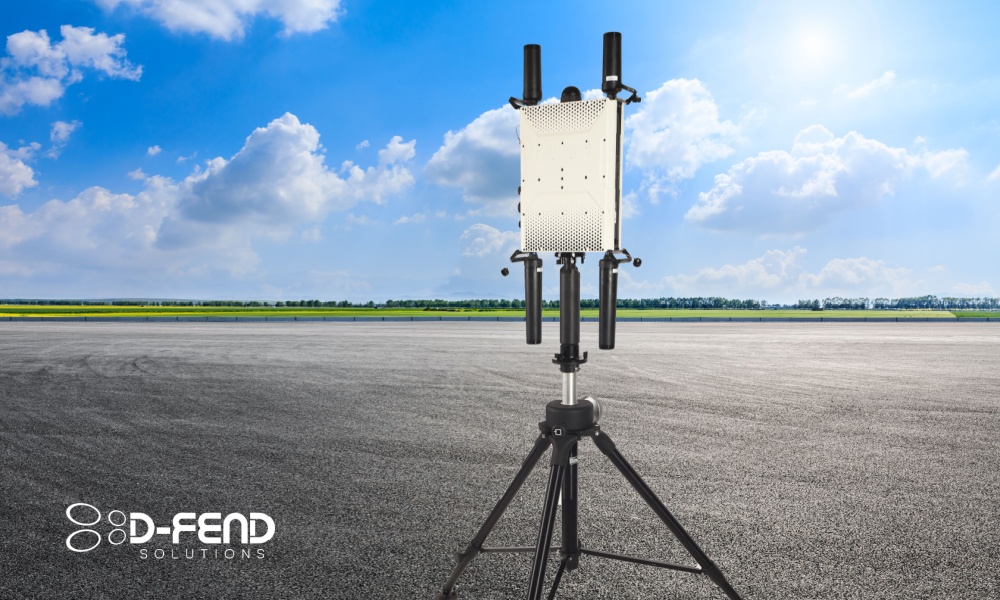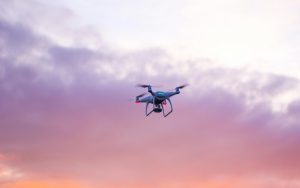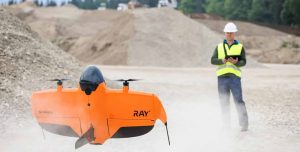Advancing Airspace Security: The Executive Order’s Impact on Counter-UAS Readiness and Technology Adoption
In today’s world, drones are pivotal not just for delivering vital supplies, but they also pose significant threats to important infrastructures. Recognizing this dual nature, the United States is revamping its airspace security policies. The Executive Orders on Unmanned Aircraft Systems (UAS) issued in June 2025 by President Trump are setting new legal precedents while also significantly reshaping airspace security and boosting the adoption of advanced counter-UAS (C-UAS) technologies.
Why Was This Executive Order Needed?
Drones have evolved from hobbyist gadgets to central elements in global commerce, entertainment, and regrettably, crime. They’ve become tools for industrial espionage, smuggling, obstructing air traffic, and even sabotage at major events or infrastructural sites. The U.S. government is addressing these threats by reducing legal and operational gaps, streamlining the integration of technologies, and fostering a risk-based defense strategy for airspace.
Key Provisions of the Executive Order
Building Capacity for Modern Threats
- Critical Infrastructure Protection: The FAA is tasked with expediting rules to limit drone flights over sensitive areas like power plants, airports, and military bases. The establishment of these protected zones will be risk-driven, providing both public and private operators explicit guidelines and authoritative support to secure their airspace.
- Integrated Response for Major Events: For significant events such as the World Cup or Olympics, the Attorney General and Secretary of Homeland Security are instructed to incorporate counter-UAS measures into Joint Terrorism Task Forces, marking a shift towards coordinated, dynamic readiness.
- National Training Center: A National Training Center for Counter-UAS is being launched to provide security professionals with uniform, rapid-response training not just for major events, but consistently across the country’s vulnerable sites.
- Enhanced Legal Enforcement: The Executive Order empowers federal agencies to intensify enforcement against unauthorized drone activities, equipping law enforcement with tools to monitor drone usage and extend federal grants to regional agencies for detection and interdiction technology acquisitions.
The Push for Innovative and Responsible Counter-UAS Technology
Traditional methods like signal jamming or physical intervention have their drawbacks, such as disrupting essential communications or posing risks to civilians. The risk-focused framework of the newer strategies prioritizes non-disruptive innovation:
- RF-Cyber Solutions: These technologies use radio-frequency and cyber methodologies allowing authorities to safely control unauthorized drones, redirecting or deactivating them without causing damage.
- Non-Jamming, Non-Kinetic Systems: Such systems prevent interference with legitimate air traffic and critical communication networks, crucial for facilities like busy airports or city centers.
- Real-World Deployments: Advanced C-UAS technology is already operational at high-security events and critical infrastructures, showcasing its reliability, safety, and adherence to legal standards.
Technology and Market Trends Accelerated by Regulation
The increasing regulatory focus is driving swift expansion in the C-UAS market:
- Market Growth: The market for drone airspace security was valued at $1.7 billion in 2024 and is expected to surge to $5.7 billion by 2030, fueled by regulatory needs and escalating real-world threats.
- AI & Sensor Fusion: Cutting-edge systems employing AI-powered threat detection, 5G connectivity, and sensor fusion are enabling prompt identification and neutralization of drone threats such as swarms or autonomous drones.
- Procurement Pressure: Facilities like airports and logistics centers are swiftly adopting these technologies to meet FAA, ICAO regulations, and insurer specifications for risk mitigation.
- Integration into Smart Cities: Urban developers are embedding drone detection systems into comprehensive surveillance and incident management frameworks, making airspace security an integral part of future smart cities.
Guidance for Critical Infrastructure and the Private Sector
The Executive Orders emphasize a share of responsibility for protection, offering newly updated federal guidelines that articulate policies and best practices for the adoption and management of counter-UAS systems at private facilities. Operators need to:
- Identify legally sanctioned technologies for deployment;
- Access federal grants for technological investments;
- Leverage openly available airspace information to support real-time geofencing and compliance.
Case Studies & Real-World Examples
- Securing High-Profile Events: Advanced counter-UAS systems have been deployed in recent high-profile events, discreetly mitigating any suspicious drone activities without causing public interruptions.
- Critical Infrastructure Defense: Essential facilities like water plants and data centers are integrating drone detection with existing security frameworks to thwart physical threats and protect data.
- Joint Task Forces: The inclusion of C-UAS measures in Joint Terrorism Task Forces has already shown improved response times and better information sharing among various agencies.
Human Side: Empowering Teams and Building Expertise
The sphere of airspace security extends beyond technologies to also encompass human aspects:
- National Training Center: The planned center will provide expert sessions and scenario-based training to both government and private security teams, ensuring a unified approach to managing drone threats.
- Culture of Readiness: Security personnel are now trained in detecting subtle signs of aerial threats, fostering an alert system adapted for aerial surveillance.
Challenges and Nuances
Despite the Executive Order bringing substantial improvements in readiness and authority, challenges still exist:
- Privacy and Civil Liberties: Widespread drone detection provokes privacy concerns for both operators and the public, necessitating legislative clarity and transparency.
- Technology Gaps: As drone technology evolves rapidly, there’s a continuing need for investment in research, development, and training to close technological gaps.
What’s Next? Future-Proofing Airspace Security
Experts anticipate a future rife with:
- Drone swarms and coordinated attacks necessitating AI-driven countermeasures;
- Cross-border incidents necessitating collaborative international efforts;
- Increased use of autonomous and edge-computing systems for localized threat responses;
- Legislative advancements providing greater flexibility for C-UAS implementation while fostering drone innovation.
Final Thoughts: The Human Element in a Digital Sky
The backbone of secured events or facilities is a network of dedicated professionals, tech partners, and policymakers working in unison to safeguard airspace. As drones continue transforming the world both positively and negatively, the Executive Order represents a pivotal shift towards a flexible, intelligence-driven, human-centric security approach where technology aids rather than hinders.
The central message is evident: By addressing legal gaps, extending operational reach, and fast-tracking advanced tech adoption, America is preparing its skies not just for security, but also for innovation, economic progress, and public confidence.
Organizations and individuals are urged to review their airspace security measures, engage with expert professionals, and adopt the evolving counter-UAS technologies. The horizon of opportunity is vast—much like the sky itself.













